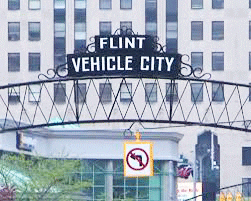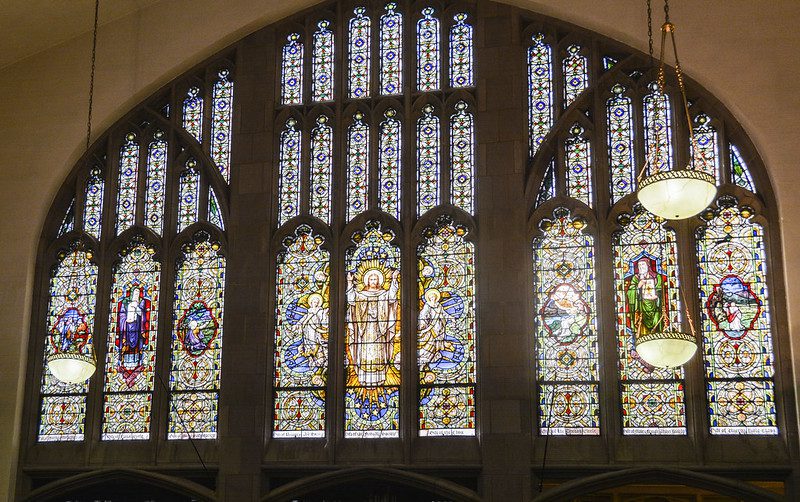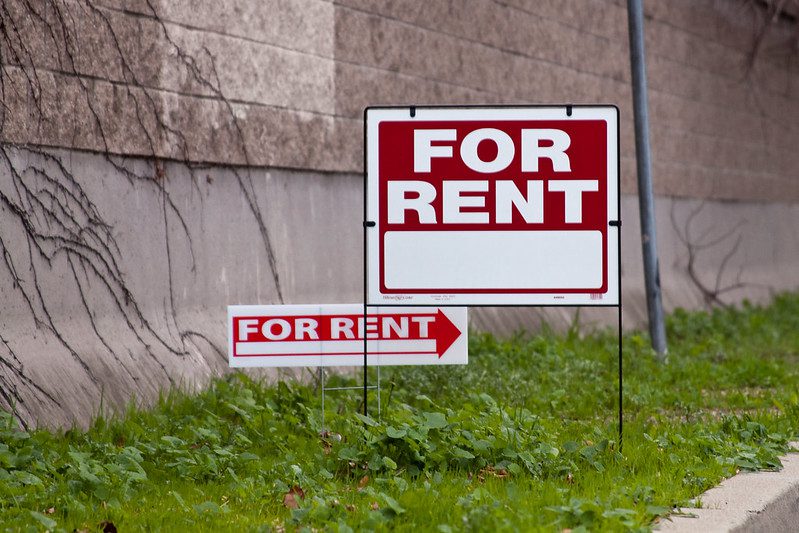
File photo
You’ve probably seen the most recent story in The New York Times about the troubles facing Flint, Michigan, and the latest in an ongoing dialogue examining shutting down parts of the city: an exercise in “planned shrinkage.”
Planned shrinkage became a workable concept in Michigan a few years ago, when the state changed its laws regarding properties foreclosed for delinquent taxes. Before, these buildings and land tended to become mired in legal limbo, contributing to blight. Now they quickly become the domain of county land banks, giving communities a powerful tool for change.
The sentence that preceded this paragraph was what caught my eye:
In searching for a way out, Flint is becoming a model for a different era.
Not ushering in a “new” era. Simply a “different” era for the struggling city. A few months back, Rooflines touched on Detroit’s rapidly diminishing population and what types of planning could result from increased vacant land there. In 2007, Shelterforce examined the shrinking cities ideal in Youngstown, Ohio. In Flint, I’m reminded not only of Youngstown, but also of Oregon’s urban growth boundaries that define the limits of urban growth, and requires cities to rezone land for lower cost and multifamily housing types, including apartments, subsidized housing, and manufactured housing.
The boundaries also create more transportation opportunities, as well as farm and forest conservation.
Flint obviously has so many other pressures—including a third of its 110,000 population living in poverty, public schools closing, city employees being laid off amid a municipal budget crunch, as well as precipitous declines in industry—that the city’s discussion regarding shrinkage is going to be difficult, prolonged, and tedious. The city’s master plan is being updated for the first time in nearly 45 years, and, according to The Times, that revision will reflect new goals for the 78 neighborhoods throughout the city’s 34 square miles.




It all sounds good on paper in Flint to reduce the burden on city with a shrinking tax base. But the realities of where the vacant properties are located within the city means that we would have a giant hole in the center. Not really all that practical. So how instead can we examine land use. Both interim (assuming we will in fact create a market for development) and long term use. Urban agriculture, naturalization and biofuel production are viable options. But there are many challenges and a shift in culture that will need to occur in the mind set of this former manufacturing town.
Detroit is another city where, at 30 percent vacant, is in need of rethinking its land use patterns. Shelterforce captured the shrinking cities process in Youngstown, Ohio a few years back: https://www.shelterforce.org/article/657/small_is_beautiful_again/. If you have more insight on Flint, or would like to discuss creative action taken by its community partners, we’d love to hear more! —Matthew